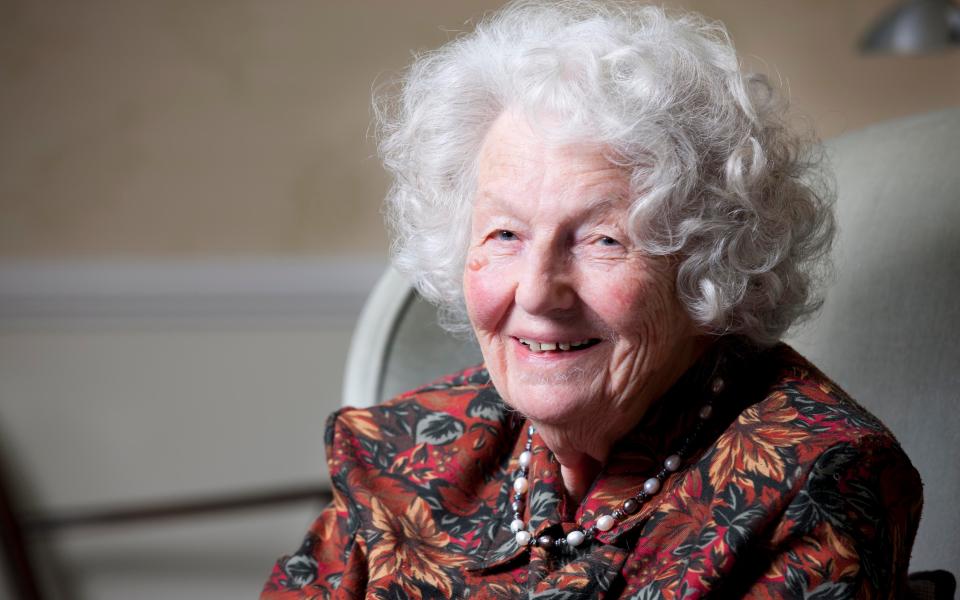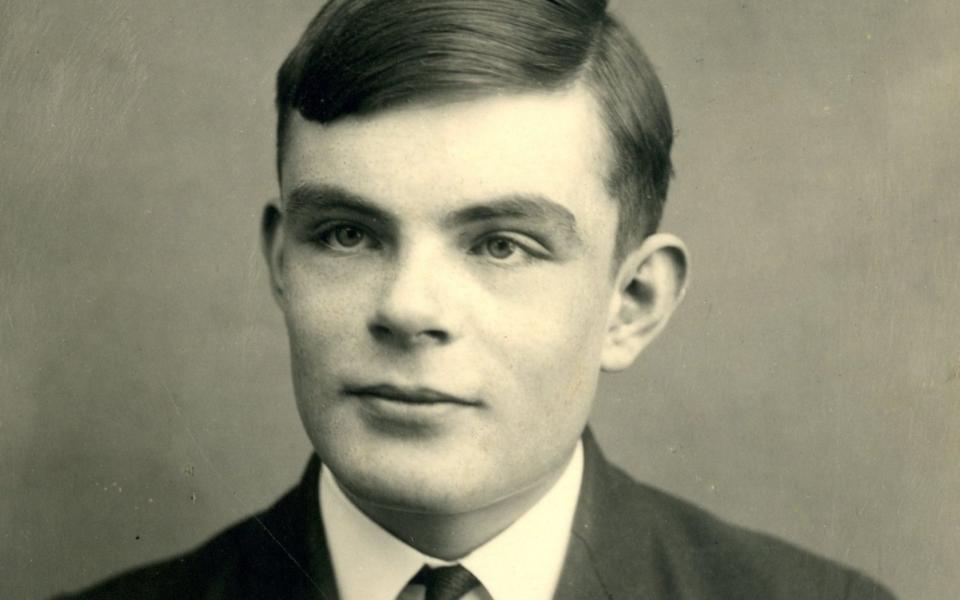Why Bletchley Park codebreakers were encouraged to fall in love

Bletchley Park's codebreakers were actively encouraged to fall in love with each other because authorities thought it would help the war effort, a historian has revealed.
The Second World War base has become legendary for its success at dismantling German and Japanese codes, which is thought to have shortened the war by two years and saved thousands of lives.
But it was also "stuffed" with blossoming romances - which, far from being frowned upon, were encouraged by the park's directors, according to a leading historian.

Speaking at the Chalke Valley History Festival, Sinclair McKay said that his interviews with the codebreakers who worked there revealed that the Buckinghamshire base had been a "hotbed of romance".
Mr McKay said the British female codebreakers were captivated by the American cryptographers who came to help dismantle Nazi Germany's famous enigma code.
"The cliches really are true - British women, and Bletchley's women were no exception, were bowled over by the influx of American men," he said.
Mr McKay explained how tight security protocols meant each individual codebreaker had little sense of the wider context of their work.

Each "hut" did not communicate with those in other groups for fear of spreading information that could allow an individual to become too well-informed.
But these strict rules did not prevent lovers from different huts from developing relationships.
On the contrary, Mr McKay said his research had found that the park's directors fed blossoming romances in an effort to keep codebreakers happy and healthy.
One famous couple who met there, Mavis Lever and Keith Batey, were even given a dedicated area of the canteen where they could canoodle.
Ms Lever, who later became Mrs Batey when the couple married, was an accomplished linguist whose talent with the German language led her to work at Bletchley.
At the age of just 19 she made a significant breakthrough, breaking into the Italian Naval Enigma system and uncovering a plan to attack a Royal Navy convoy.

Mr McKay said: "I asked Keith and Mavis Batey, whose eyes met across the Enigma machine, whether the authorities were concerned about their romance, because they worked in different huts, were they worried there might be accidental crossover [of information].
"And Mrs Batey said actually no, the authorities did everything in their power to encourage the romance, to the extent of setting up special places in the canteen for them.
"I think they felt that romance was a healthy thing, and it was fantastic to have that in such a pressurised environment. So while there was security there was also a very real understanding of human psychology and human needs.
"The romances would make your head spin - the park was stuffed with them".
At its peak around 10,000 people worked at Bletchley Park, 75 per cent of whom were women.

They worked long hours, often throughout the night, but were encouraged to have an active social life and many enjoyed dancing and socialising during their time off.
Mr Sinclair said another codebreaker, Sheila MacKenzie, a 19-year-old linguist from Scotland, "devoted some of her off-duty hours to Highland dancing, where she met hut six codebreaker Oliver Lawn. What followed was decades of happy marriage.
"Bletchley gave many young women a voice at a time when it was hard for many women to be heard professionally."
While the park was a more egalitarian workplace than was usual, with young women able to challenge their older male colleagues, one group was dismayed to learn that they had been nicknamed Dilly's Fillies, after the leader of their unit Dillwyn Knox.

Bletchley's most famous resident was Cambridge scholar Alan Turing, who was played by Benedict Cumberbatch in 2014 film the Imitation Game, which charts his team's successful efforts to crack the "unbreakable" German enigma code.
Cumberbatch was nominated for an Oscar for his portrayal, but it may not have been wholly accurate, claimed Mr McKay.
Turing was prosecuted for his homosexuality and killed himself at the age of 42, leaving us with a "melancholic" impression, he said.
"What Cumberbatch didn't quite pick up on was that at Bletchley, and just after Bletchley, Alan Turing had actually been quite a cheery soul. He was mischevious, he was funny, he had a laugh that was so irritating that it could make people leave the room," he added.

 Yahoo News
Yahoo News 